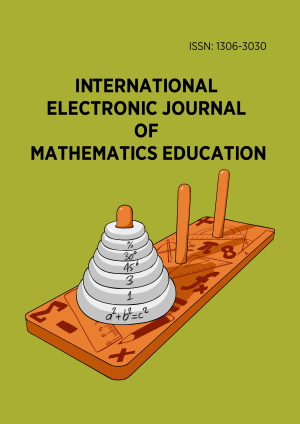Abstract
There is a variety of classroom assessment techniques we can use in the college classroom (Angelo and Cross, 1993). In an effort to diagnose and identify gaps between students’ learning and classroom teaching, we implemented weekly short assessments in a calculus I classroom at an urban community college in the United States. The goals of these assessments were to identify misconceptions, and address them using an appropriate intervention. In this paper, we share these assessments, how they can be used to cement students’ conceptual learning, and how it can help the instructor develop insights into students’ misunderstandings. We also share students’ feedback, challenges and implications for practitioners.
Keywords
License
This is an open access article distributed under the Creative Commons Attribution License which permits unrestricted use, distribution, and reproduction in any medium, provided the original work is properly cited.
Article Type: Research Article
INT ELECT J MATH ED, 2017, Volume 12, Issue 3, 503-520
https://doi.org/10.29333/iejme/628
Publication date: 19 Jul 2017
Article Views: 3424
Article Downloads: 5926
Open Access References How to cite this article
 Full Text (PDF)
Full Text (PDF)